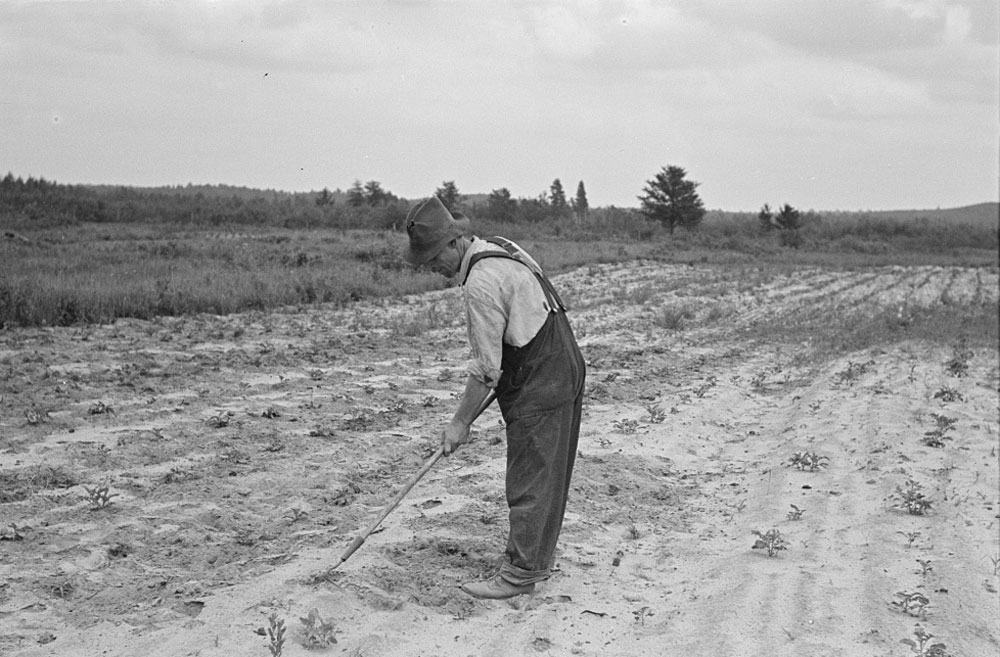April 19, 2015; Daily Yonder
Tim Marema reports on a new study conducted for the Daily Yonder, our favorite online news source on rural issues, by Robert Gallardo, a professor at Mississippi State University, concerning the impact of immigration. Combining data from the Census Bureau’s Five Year American Community Survey, the Bureau of Labor Statistics, and the Bureau of Economic Analysis, Gallardo reached a conclusion that makes perfect sense—except that die-hard nativists refuse to hear it: Rural counties with more immigrants tend to be better off economically.
“The results of this study contradict common perceptions regarding immigrants,” Gallardo told the Yonder. “We frequently hear that immigrants are a drain on the economy and resources. But this data shows a very different picture.”
Both micropolitan counties (containing cities of between 10,000 and 49,999 residents) and non-core counties (with no city larger than 10,000) with larger percentages of foreign-born residents showed higher per capita incomes and lower unemployment rates than counties with lower proportions of immigrants.
A correlation between larger immigrant populations and better economic performance by rural counties doesn’t necessarily mean causation. Immigrants could in fact be moving to rural counties where there are more job opportunities and better income prospects, as opposed to helping create those dynamics. However, even if that were the case, immigration to rural America brings an economic benefit, according to Don Lichter, the director of the Cornell University Population Center:
Sign up for our free newsletters
Subscribe to NPQ's newsletters to have our top stories delivered directly to your inbox.
By signing up, you agree to our privacy policy and terms of use, and to receive messages from NPQ and our partners.
“Immigrants are moving to areas that are economically vital. They move there because there are jobs, and because they go there, it creates employment opportunities for others. They buy things, they use services, they need housing, they are consumers, and that’s good for local economies.”
In some rural counties, immigration has helped stem or reduce population loss. However, given the charts provided with the Daily Yonder article, the immigrant percentages in many rural counties are quite small. Only 4.1 percent of the population of rural America is foreign-born, according to another Daily Yonder article, though some rural counties in Alaska, along the Texas-Mexican border, California, and Arizona have much higher proportions.
If immigration into rural America is demonstrably a plus for rural counties, the superficially rational arguments of opponents saying immigrants are drains on local economies simply don’t hold water. But opponents of immigration don’t need rational arguments to make their nativist cases. That’s why immigrant rights advocates have to pay attention to rural communities as well as urban and suburban immigrant focal points. Programs like the Fund for Rural Equity, run by California Rural Legal Assistance (CRLA), and funded by the Packard and Hewlett foundations, are important: The Fund, as we understand it, has a cohort of grantees that CRLA is working with in partnership with the Immigrant Legal Resource Center. In Illinois, the Immigration Project works with rural residents in Central and Downstate Illinois rural counties where five percent of Illinois immigrants live in 85 counties, three-fourths of which have total populations less than 3,499.
In rural Wisconsin, immigrants constitute an “invisible community”—growing, but not being promoted or fully utilized to the economic advantage of rural areas. But groups like CRLA, the Immigration Project, and Pennsylvania’s Berks County Family Shelter (lauded by the United Nations refugee agency for its counseling services for Berks County immigrants) are providing services that help immigrants in rural counties get the services they need and contribute better to the counties’ economic conditions.
Don’t get stuck thinking of immigration as only an urban issue except when it comes to rural counties along the border with Mexico. Large immigrant populations are showing up in a number of counties, including Clark County, Idaho (31 percent); Seward County, Kansas (31 percent); Echols County, Georgia (26 percent); and Franklin County, Washington (26 percent). And don’t write off rural America as anti-immigrant. Some rural counties are experiencing just how much economic juice immigrants can bring to rural communities’ economies.—Rick Cohen













